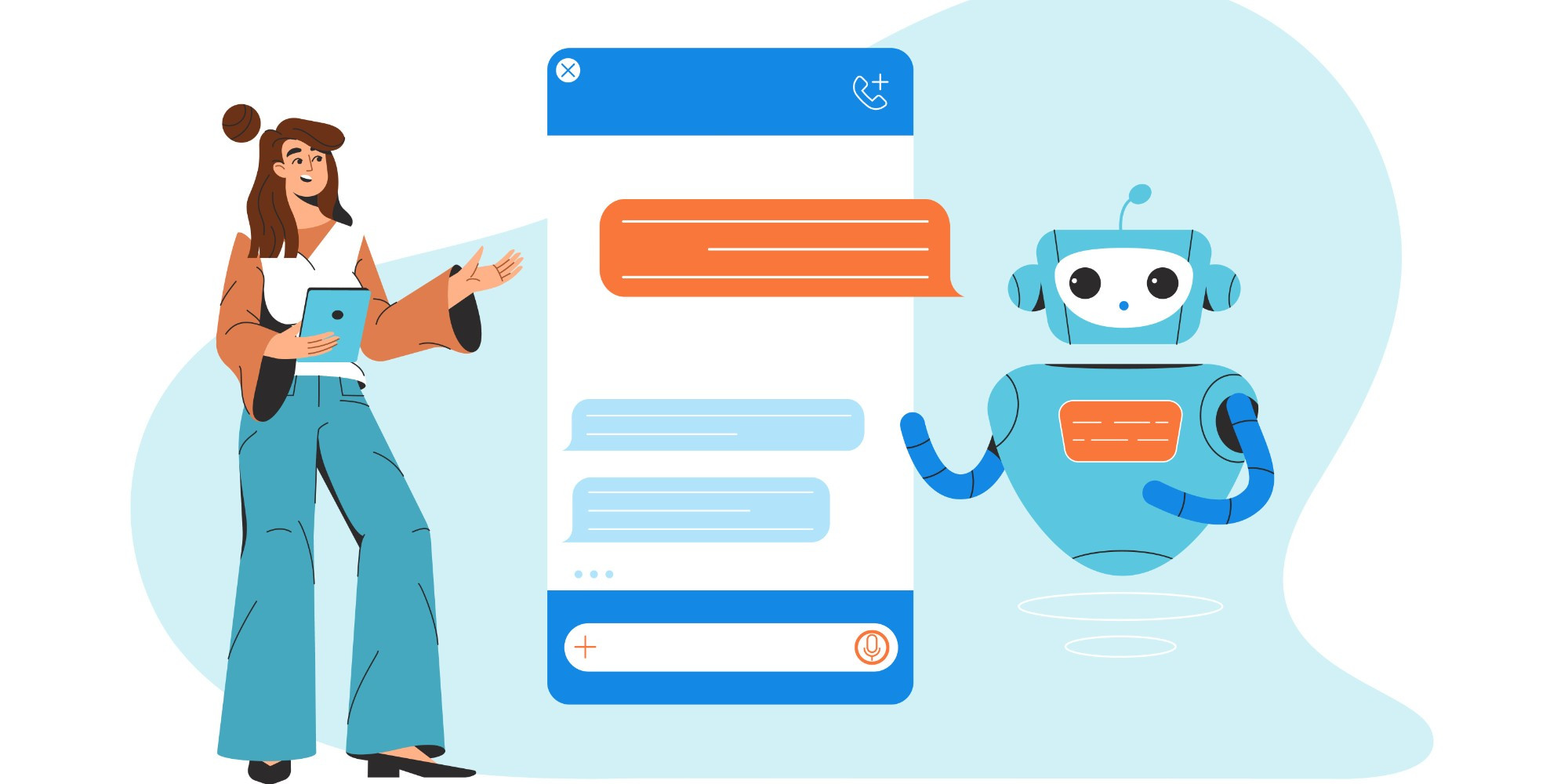
ChatGPT: Revolutionizing Conversations with Artificial Intelligence
ChatGPT, developed by OpenAI, represents a significant leap forward in artificial intelligence (AI), transforming how we interact with machines. Utilizing advanced language models based on the GPT (Generative Pre-trained Transformer) architecture, ChatGPT is designed to understand and generate human-like text, making it a powerful tool for a wide range of applications. This article delves into the capabilities, development, applications, and future potential of ChatGPT.
Development and Evolution of ChatGPT
ChatGPT is built upon the GPT-4 architecture, a product of continuous improvement and innovation in natural language processing (NLP). The evolution of GPT models began with GPT-1 and progressed through GPT-2 and GPT-3, each iteration demonstrating substantial improvements in language understanding and generation capabilities.
Training and Data: ChatGPT is trained using a massive dataset comprising diverse text from the internet. This extensive training allows the model to generate coherent and contextually relevant responses across a wide range of topics. However, the data is not real-time, and the model's knowledge is static, capped at a certain point (for GPT-4, this is up to 2021, with updates available as of 2023).
Architecture: The GPT-4 architecture, on which ChatGPT is based, uses a transformer model that excels in handling long-range dependencies in text. This architecture enables the model to generate human-like text by predicting the next word in a sequence, considering the context provided by the preceding words.
Capabilities of ChatGPT
ChatGPT's capabilities are vast, making it suitable for a wide array of applications:
Conversational Abilities: ChatGPT can engage in meaningful and coherent conversations, answering questions, providing explanations, and engaging in discussions on various topics. Its ability to maintain context over multiple turns makes it effective for both short queries and extended dialogues.
Content Creation: It can assist in generating content, including articles, stories, essays, and reports. Writers and marketers use ChatGPT to brainstorm ideas, draft content, and enhance creativity.
Customer Support: Businesses deploy ChatGPT to handle customer inquiries, providing quick and accurate responses. Its ability to understand and respond to a wide range of customer queries improves service efficiency and user satisfaction.
Education and Training: ChatGPT serves as a valuable educational tool, offering explanations, tutoring, and answering questions on various subjects. It supports personalized learning by adapting to individual student needs and providing tailored assistance.
Language Translation and Learning: While not a replacement for professional translation services, ChatGPT can help users understand and translate text between languages. Additionally, language learners can use it to practice and improve their skills.
Challenges and Ethical Considerations
Despite its impressive capabilities, ChatGPT presents several challenges and ethical considerations:
Bias and Fairness: AI models like ChatGPT can inadvertently perpetuate biases present in the training data. Efforts are ongoing to identify and mitigate these biases to ensure fair and unbiased interactions.
Misinformation: ChatGPT's responses are based on patterns in the data it was trained on, which can sometimes lead to the generation of incorrect or misleading information. Ensuring the accuracy and reliability of information provided by AI models is crucial.
Privacy and Security: Handling sensitive information responsibly is essential. While ChatGPT does not store personal data from individual interactions, developers and users must be cautious about the type of information shared with the model.
Ethical Use: The deployment of ChatGPT raises ethical questions about the use of AI in various domains, particularly in areas like automated customer service, education, and content creation. Responsible use policies and guidelines are necessary to prevent misuse.
Future Potential of ChatGPT
The future potential of ChatGPT and similar AI technologies is vast and continues to expand as the technology evolves:
Enhanced Personal Assistants: Future iterations of ChatGPT could serve as even more sophisticated personal assistants, capable of managing complex tasks, scheduling, and providing proactive recommendations based on user preferences and behaviors.
Healthcare Support: ChatGPT could be integrated into healthcare systems to provide preliminary medical advice, support mental health services, and assist healthcare professionals with information retrieval and decision-making.
Advanced Learning Platforms: By integrating ChatGPT with adaptive learning technologies, educational platforms can offer more personalized and interactive learning experiences, catering to the unique needs of each student.
Creative Industries: In creative industries, ChatGPT could collaborate with humans to produce innovative content, assist in design, and even create new forms of entertainment.
Conclusion
ChatGPT exemplifies the transformative potential of AI in enhancing human-computer interactions. Its ability to understand and generate natural language text opens up numerous possibilities across various sectors. While challenges and ethical considerations remain, the responsible development and deployment of ChatGPT promise to revolutionize how we interact with technology, making our lives more efficient, informed, and connected. As AI continues to evolve, so too will the capabilities and applications of ChatGPT, heralding a future where intelligent machines are integral to our everyday experiences.


0 Comments